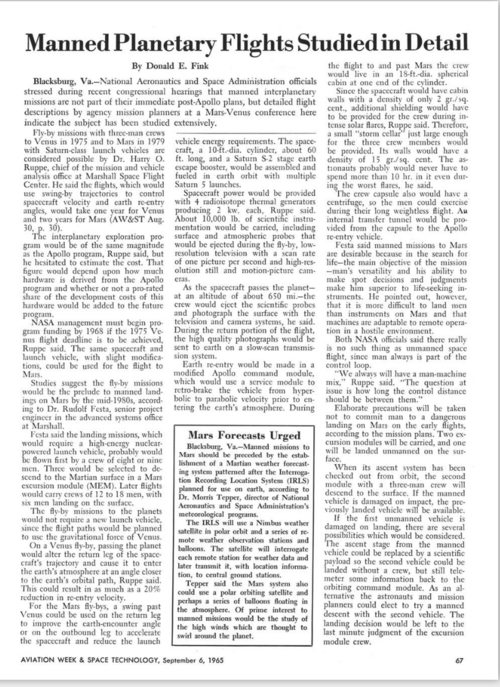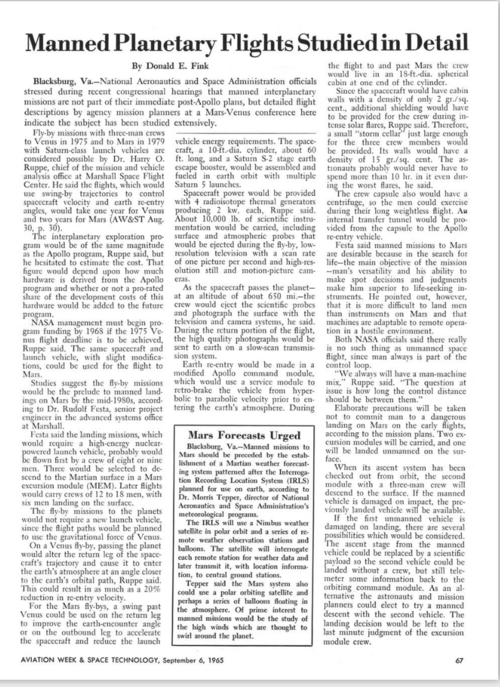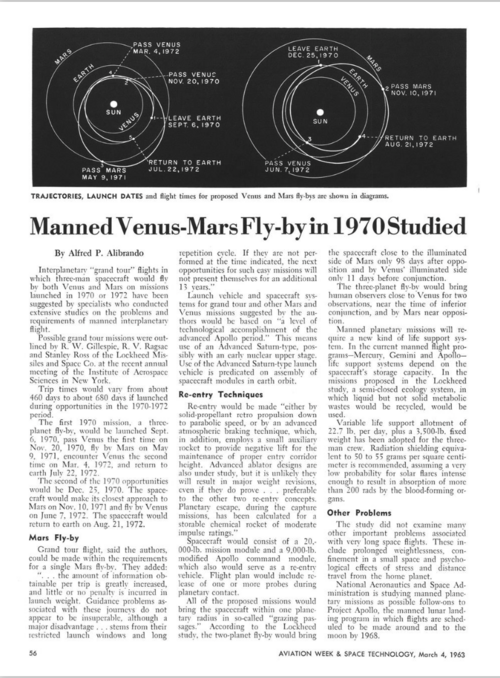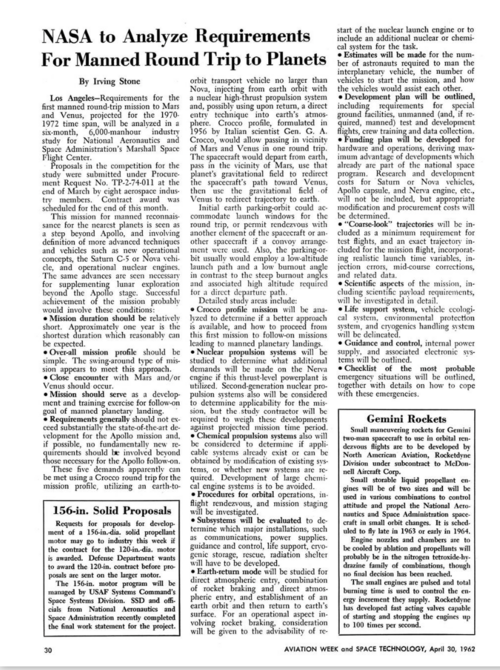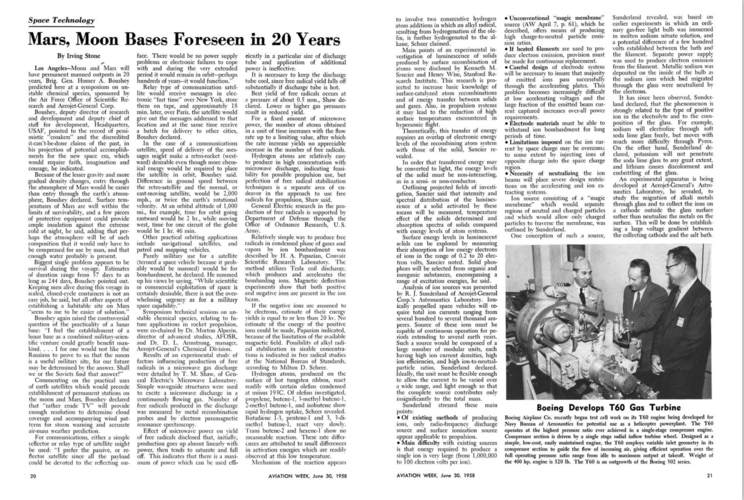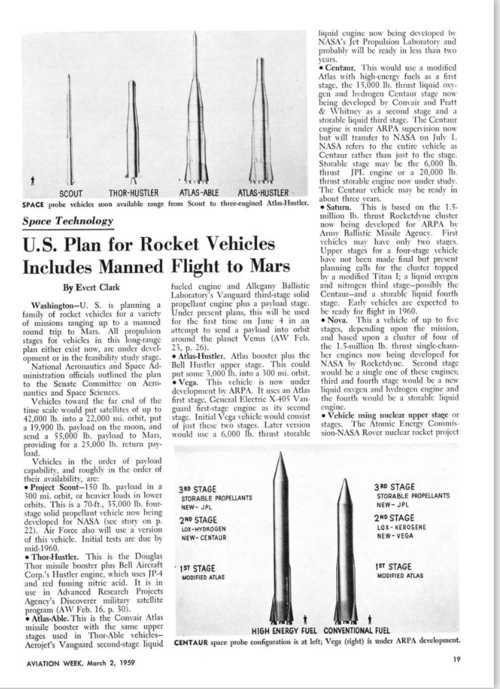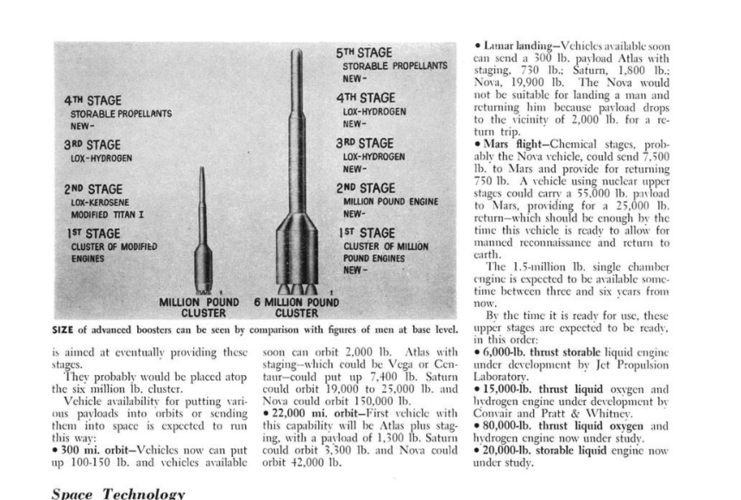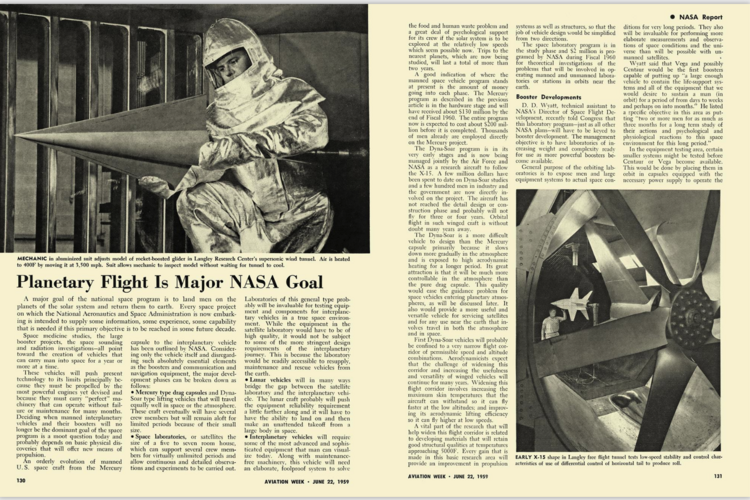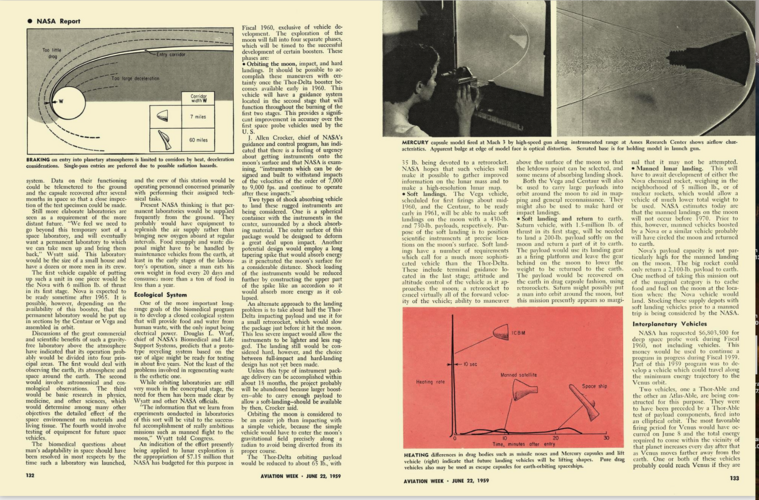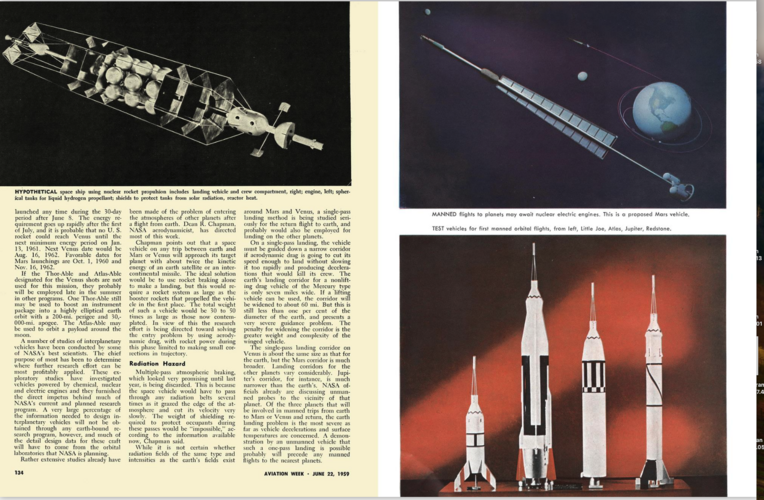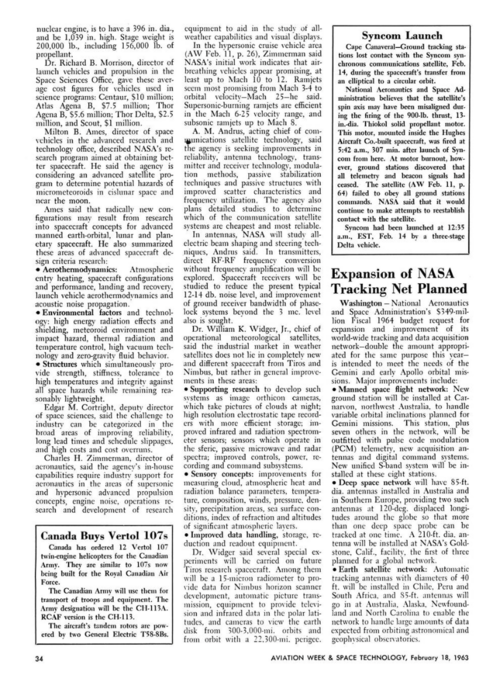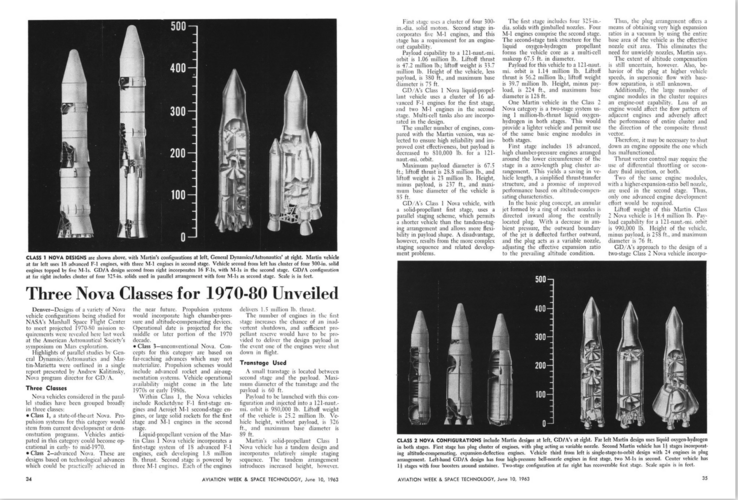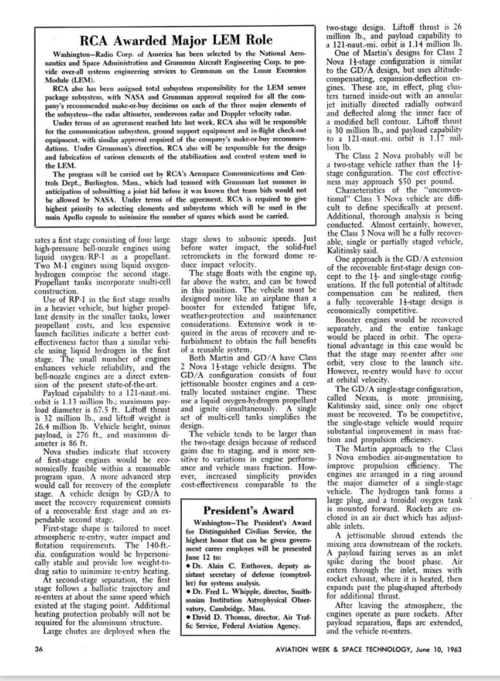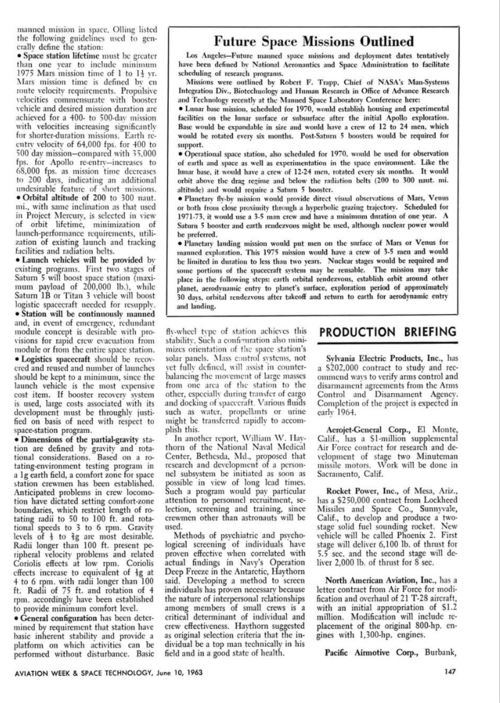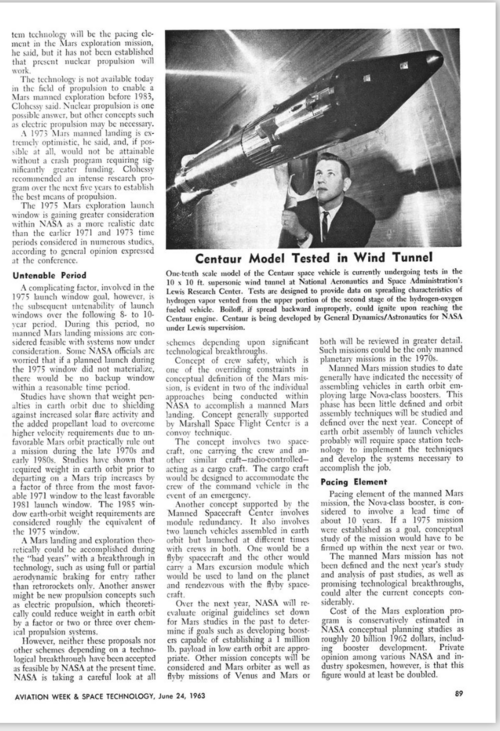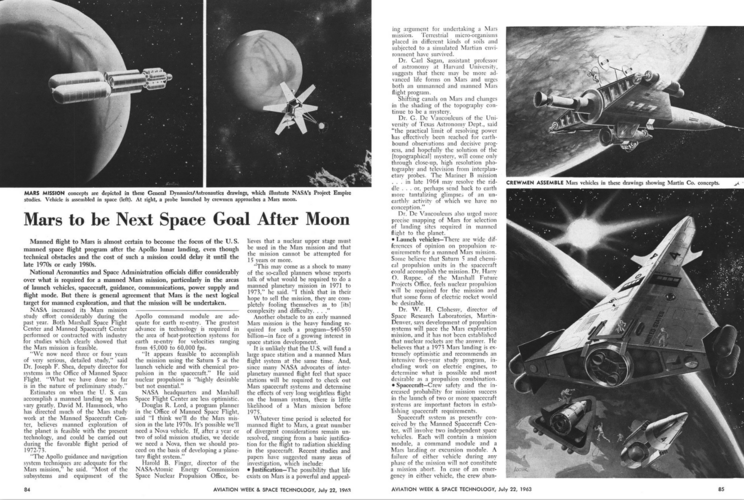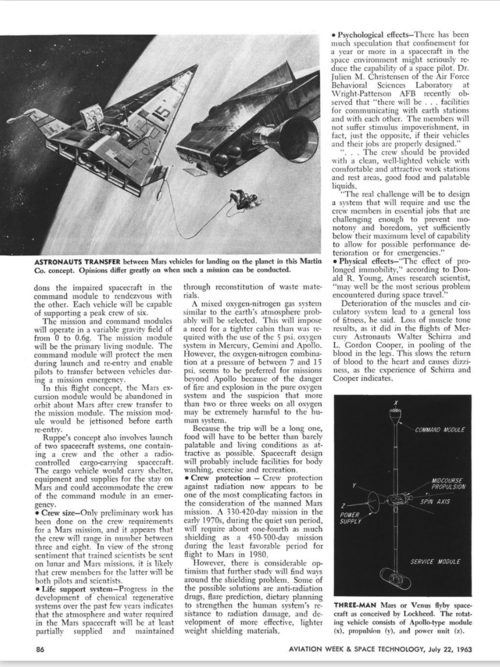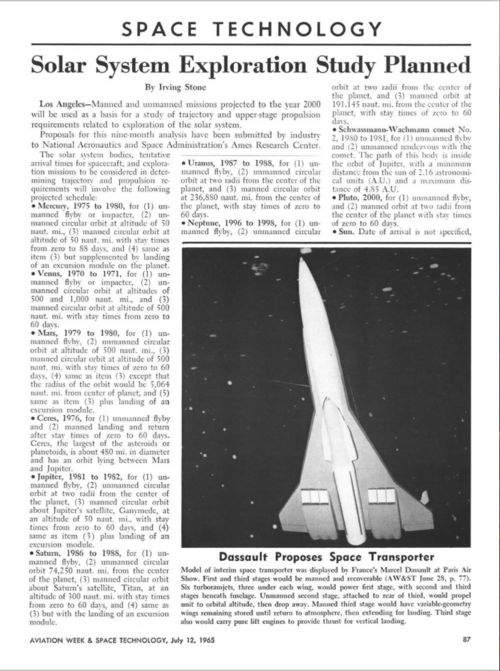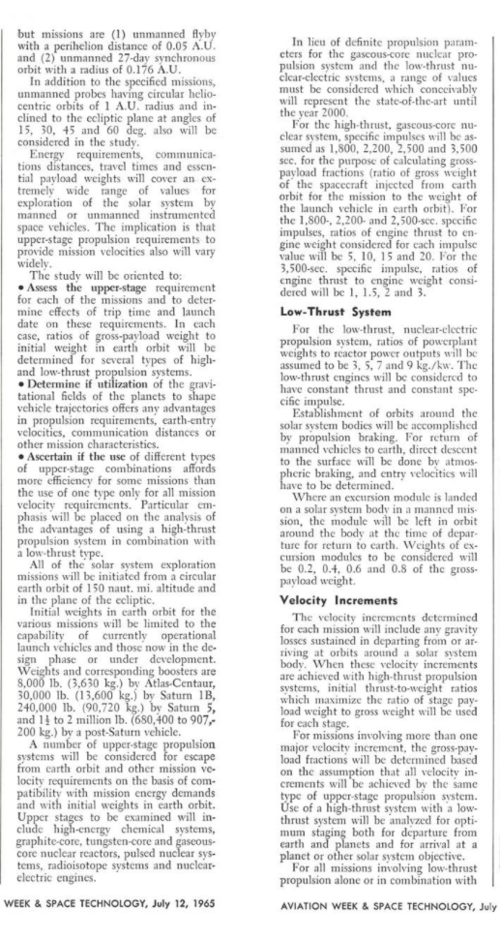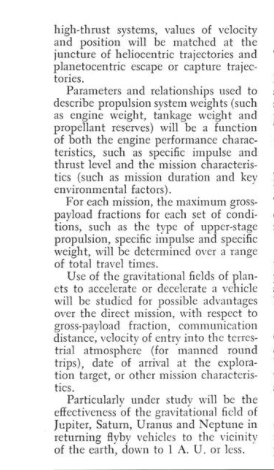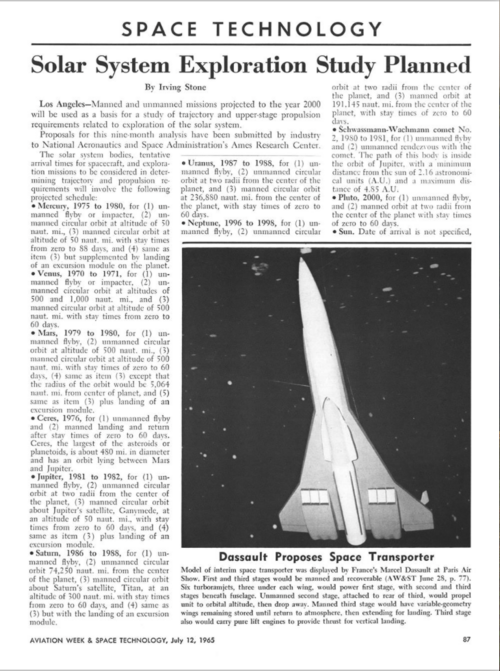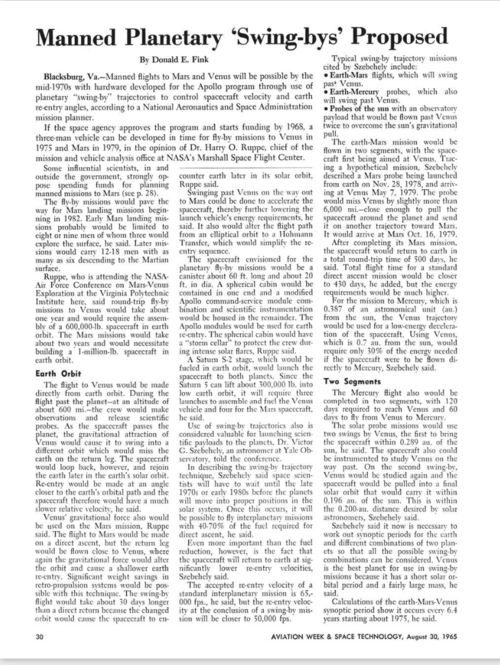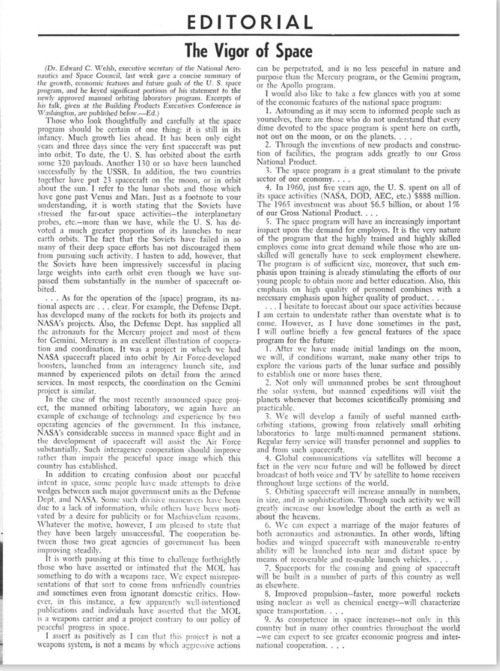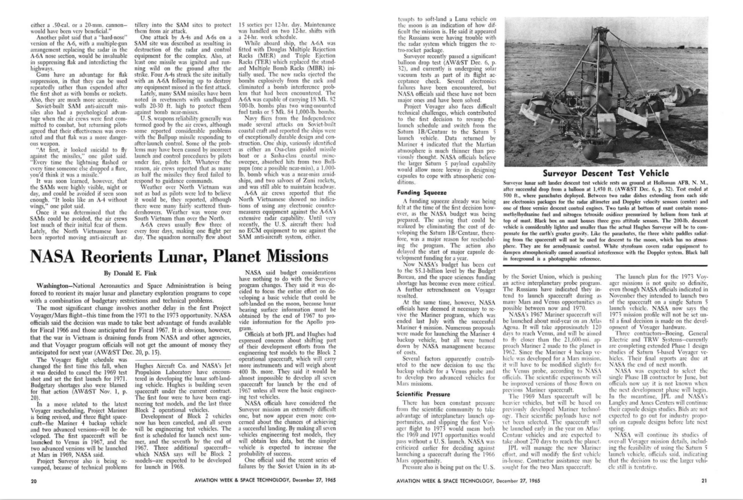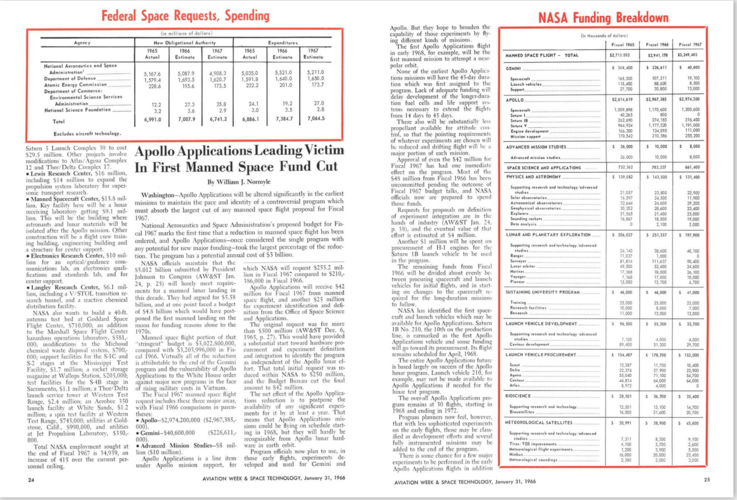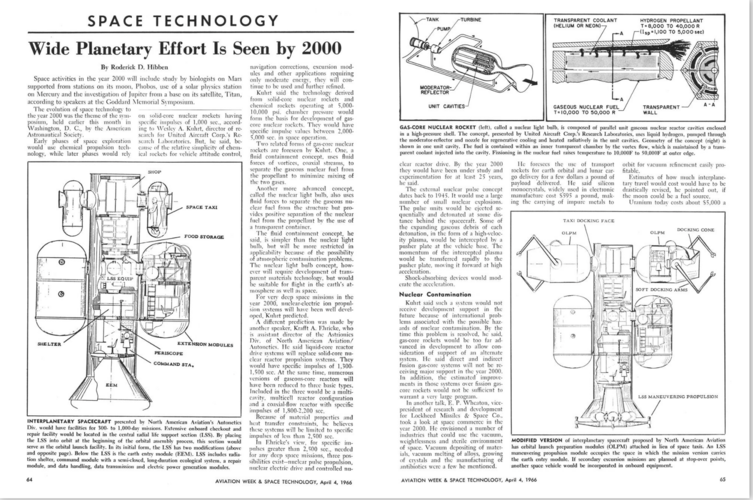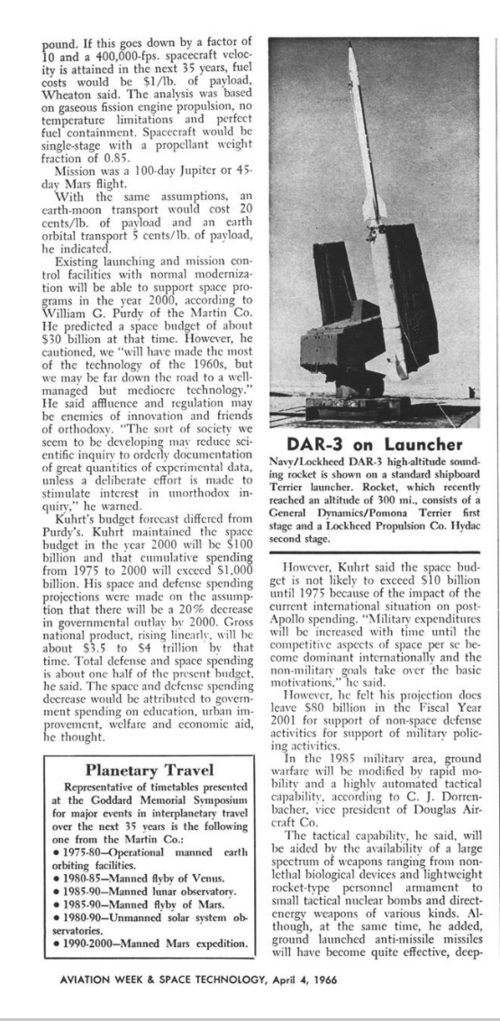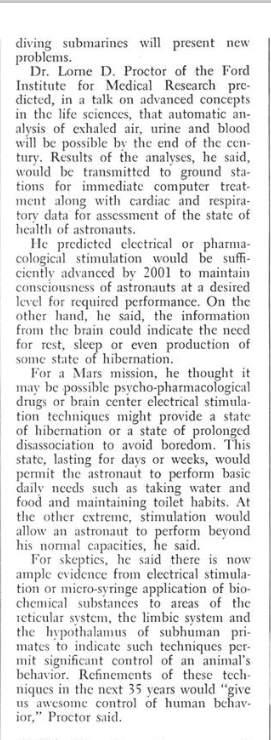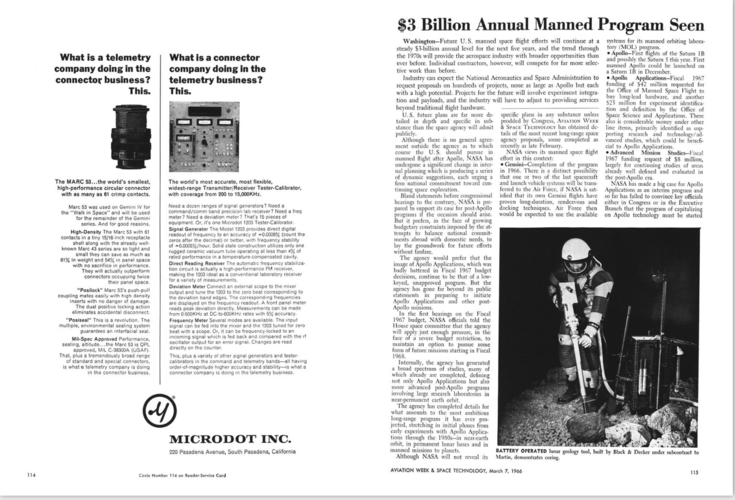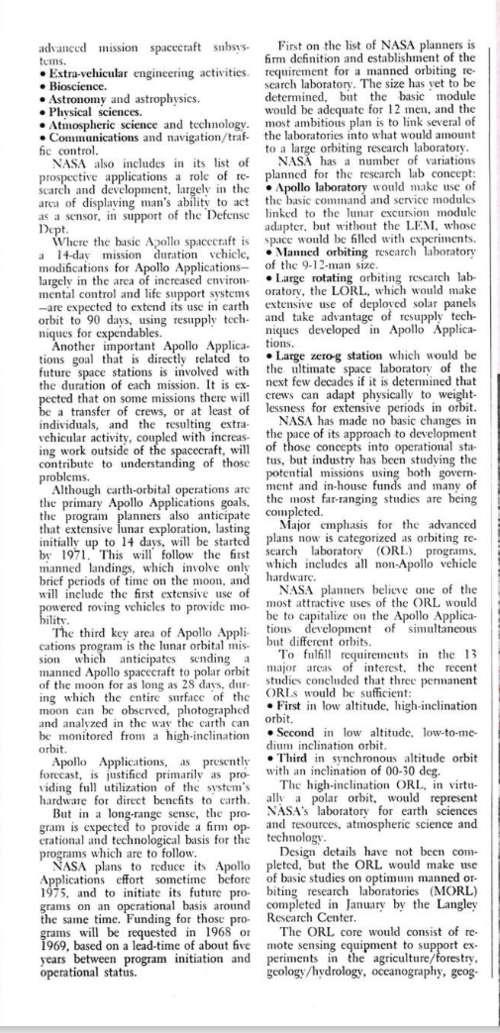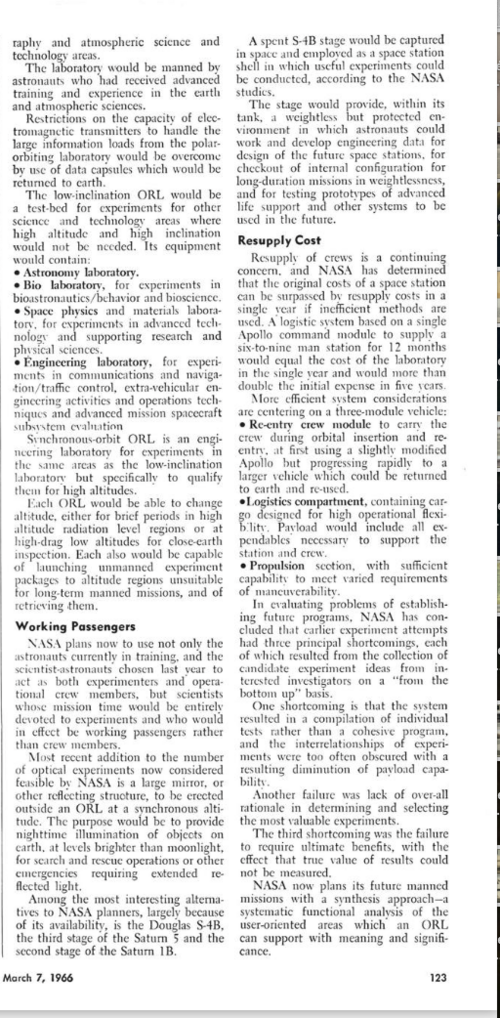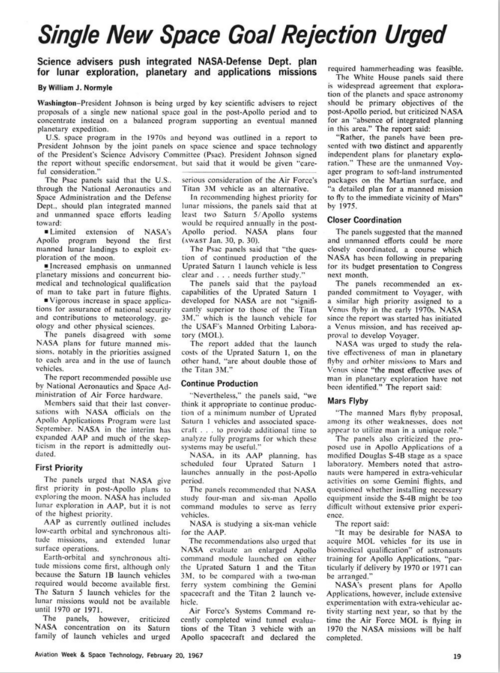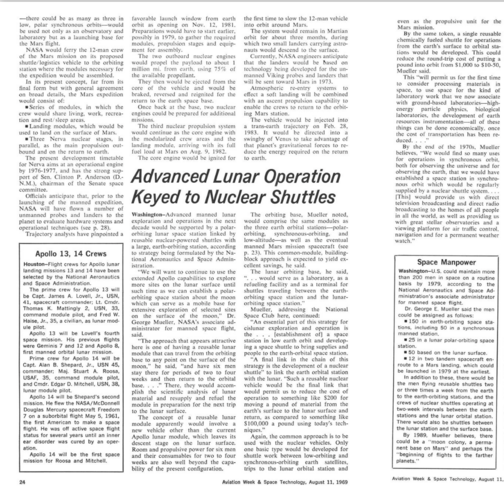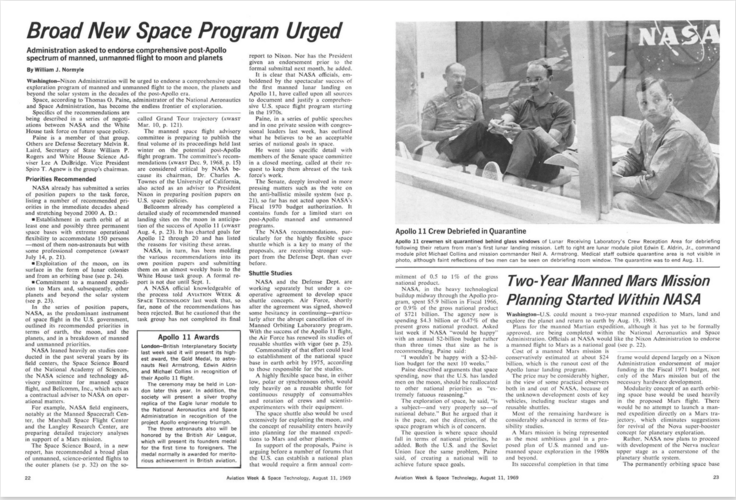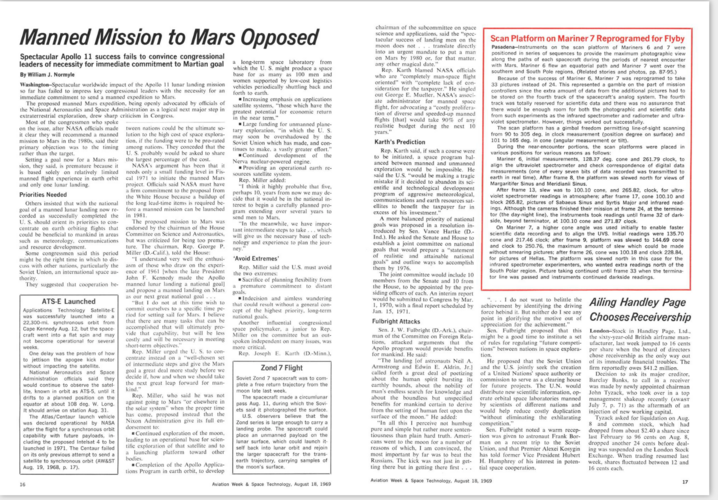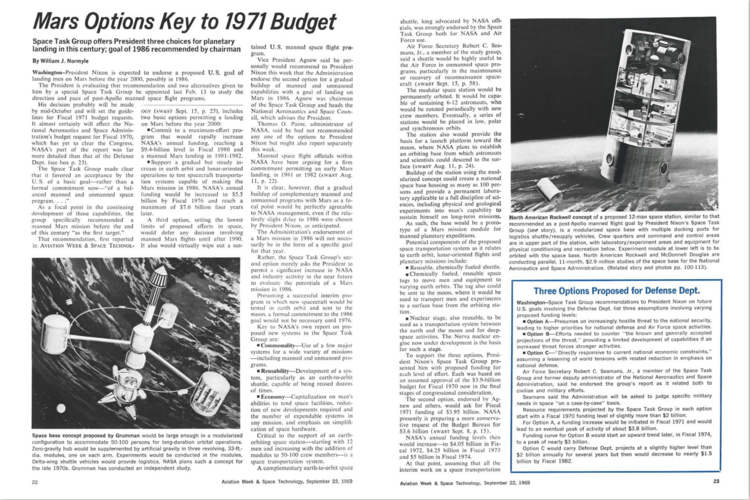Had go like in novel "Voyage" the USA could have landed a human on mars
but this would imply the death of Shuttle program, restart Saturn V, Apollo hardware production in early 1970s
with advance Skylab and Mars lander R&D during 1970s
and most needed the Soviet continue the Space Race by sending cosmonauts to Moon and Mars.
Or an alternate timeline where the Shuttle was never developed and we kept using Saturn.
In a TL at Alternate History.Com
I play with that on Timeline, were Soviets manage to Land on Moon first !
and USA goes after that for manned Mars Program in 1980s...
You wouldn't have any involvement with a model&game company by the name of Black Site Studios, would you?
They have a game called Lunar that uses a lot of that same idea...
Most likely no. In 1980s, USA still did not have much experience of long-therm manned spaceflights (at least not as much as USSR). The technical problems are not so crucial as lack of biological & medical data.
Yes, that's probably the single biggest snag to getting astronauts
to Mars.
Lack of knowledge as to what happens when a human spends 6-9 months in zero gee, a couple of years in 1/6 gee, and another 6-9 months in zero gee on the way home. (3-5 year long mission due to a lack of rockets powerful enough to fly missions that aren't at the conjunctions.)
I have questins about curent Mars landing that Elon Musk proposes. Less technical per se (although Starship is still yet to fly, and it likely takes longer than planned to solve all teething issues), but more... biological. We still don't know true extent of stellar radiation influence on human organism in open space (ISS is withing Earth magnetic field, so there are significantly less radition than in open space). Thus, isn't there a possibility that mission might be one-way ticket? And while I don't doubt that there will be more than enough enthusiasts willing to risk it, would gov't actually allow it? And the worst of all, in an event of crew death, won't it hurt all space programmes? Modern society is quite more sensitive to human losses and tragedies, after all.
Radiation can be shielded against. My personal preference is a roughly meter-thick layer of water between the outer hull and the "people tank" plus some other bits of lead, boron and other shielding materials.
Unfortunately, water is heavy when you're talking that much of it, and it'd be very difficult to launch that completely assembled and watered spaceship as a single piece from the ground. You'd have to assemble parts of the craft in orbit and then fill the water tanks from multiple tanker rockets. In addition to whatever storable fuels and oxidizers the Mars ship is going to use.
==========
Now we get to the unexpected habanero.
Conditions on Mars.
Martian dust is likely very nasty and full of sharp edges, causing the equivalent of silicosis. Miner's lung. We know lunar dust is that nasty.
Worse, that nice red color? It's not caused by iron oxide. It's caused by
chromium VI. Hexavalent chromium is one of the nastiest metallic toxins out there, only dimethyl mercury and arsenic are worse to my knowledge.
You'd need full on decontamination showers inside the airlock on the lander, and you'd need to use them every time you came back inside. (I'm assuming some extra-fancy filtration so that the dust can be removed from the water for the showers so you don't have to keep dumping the shower water every use.)


